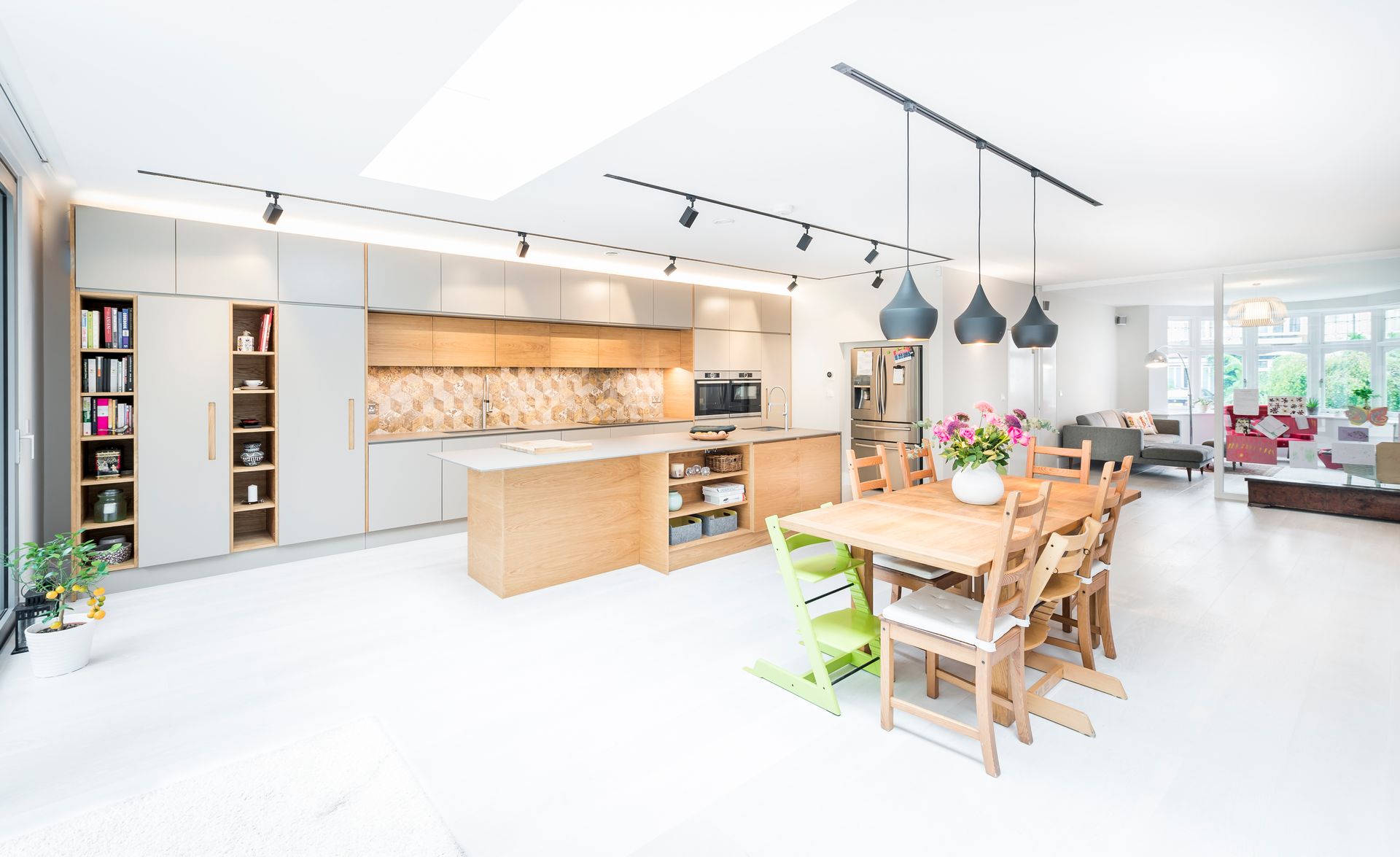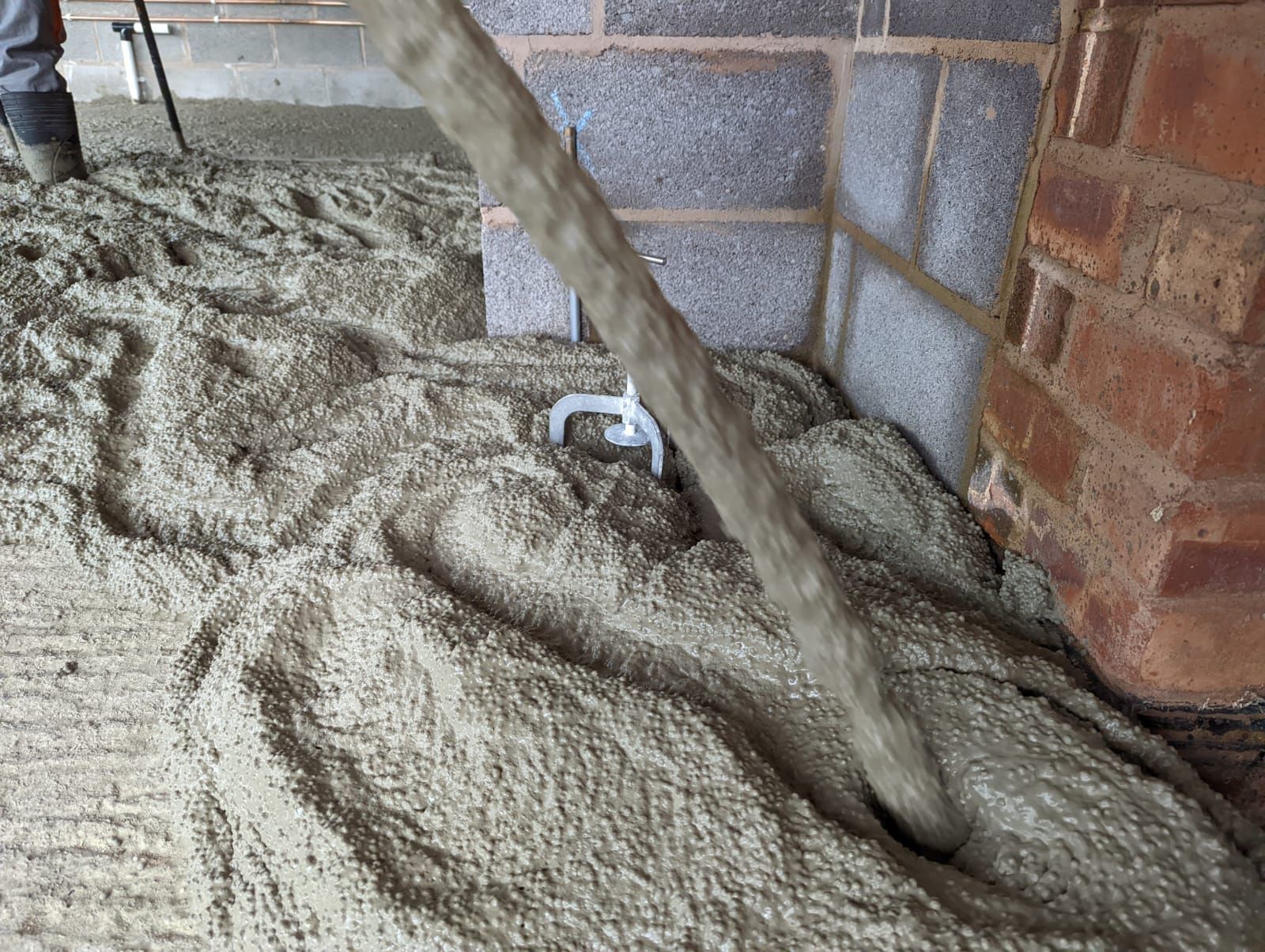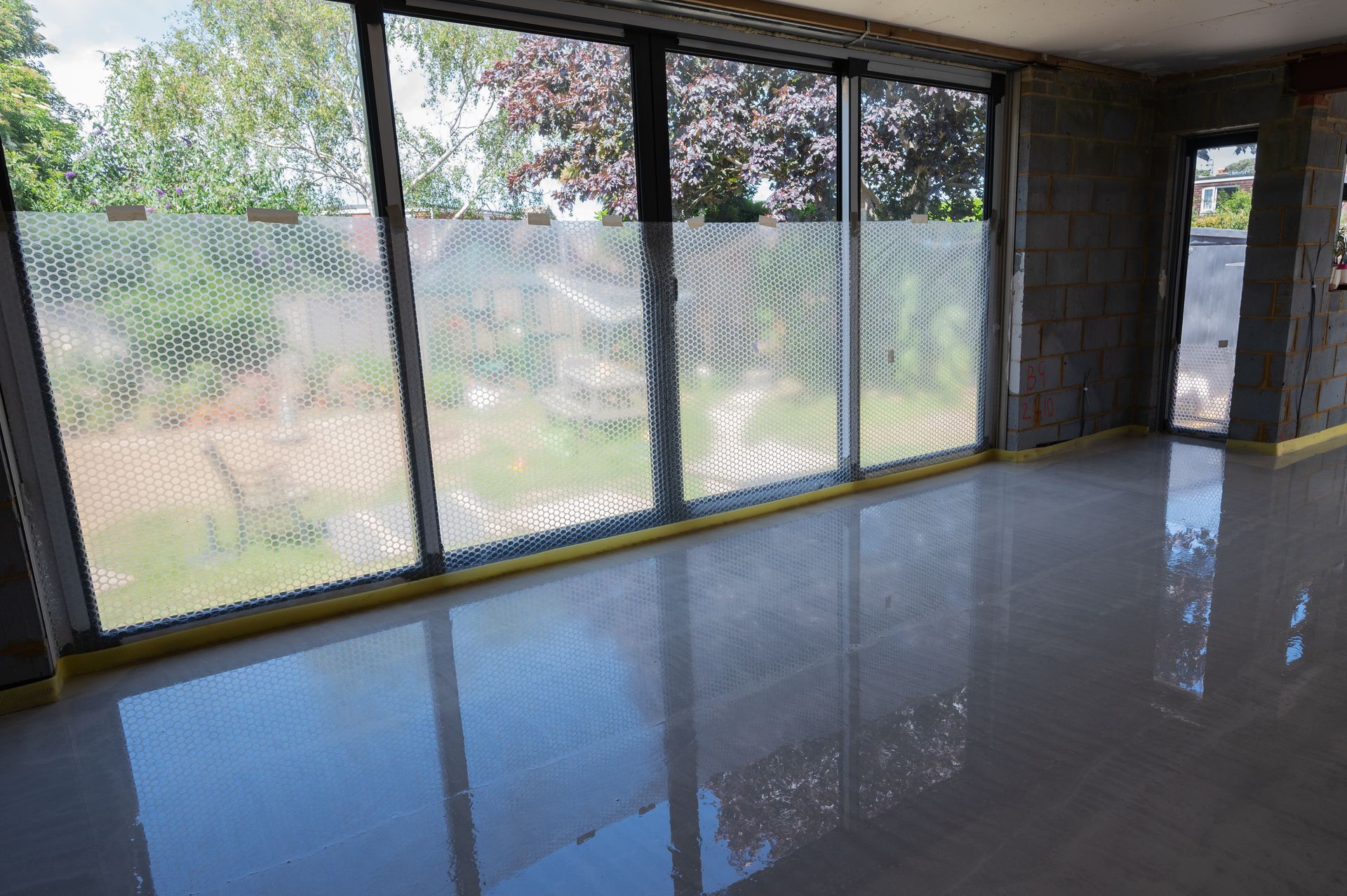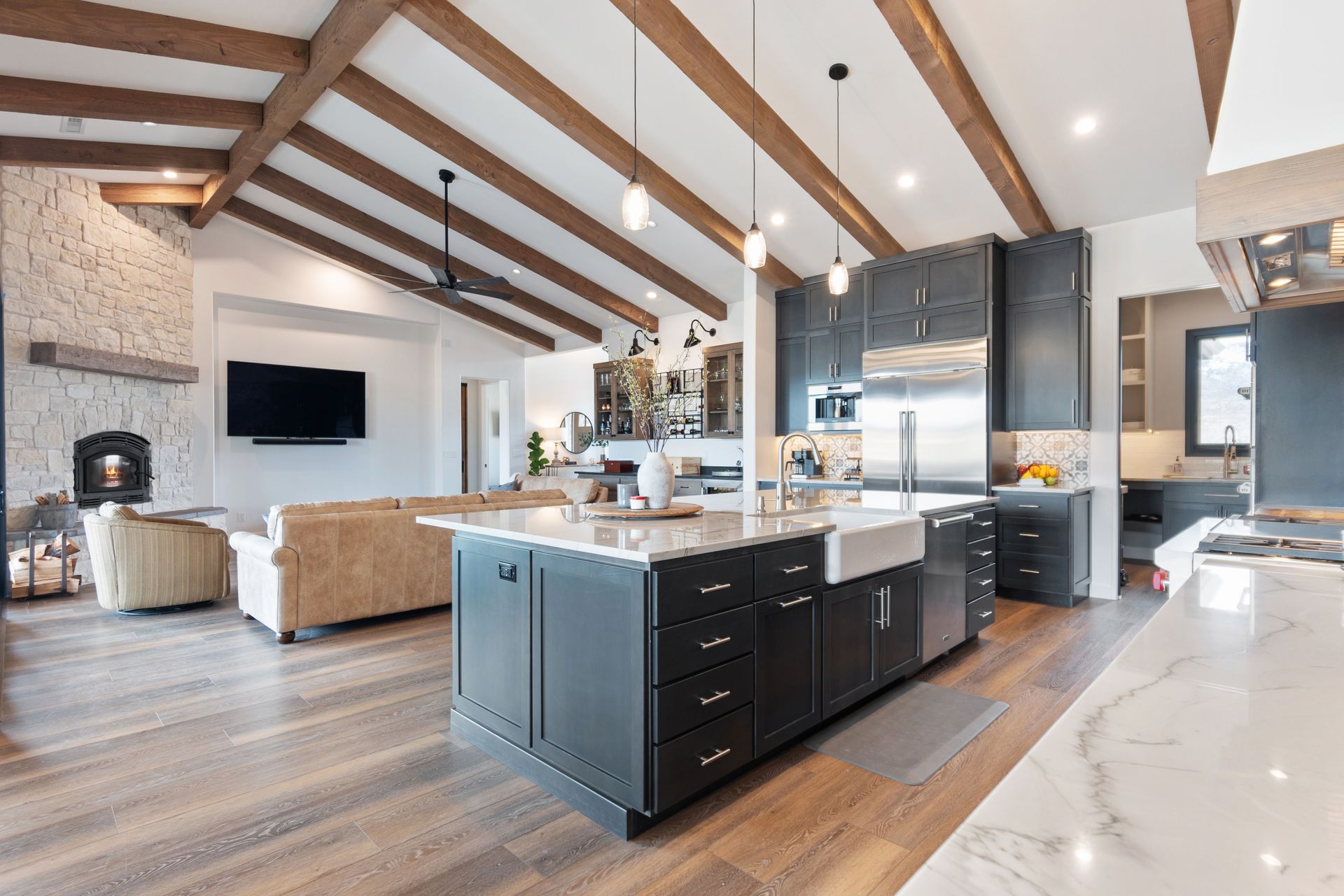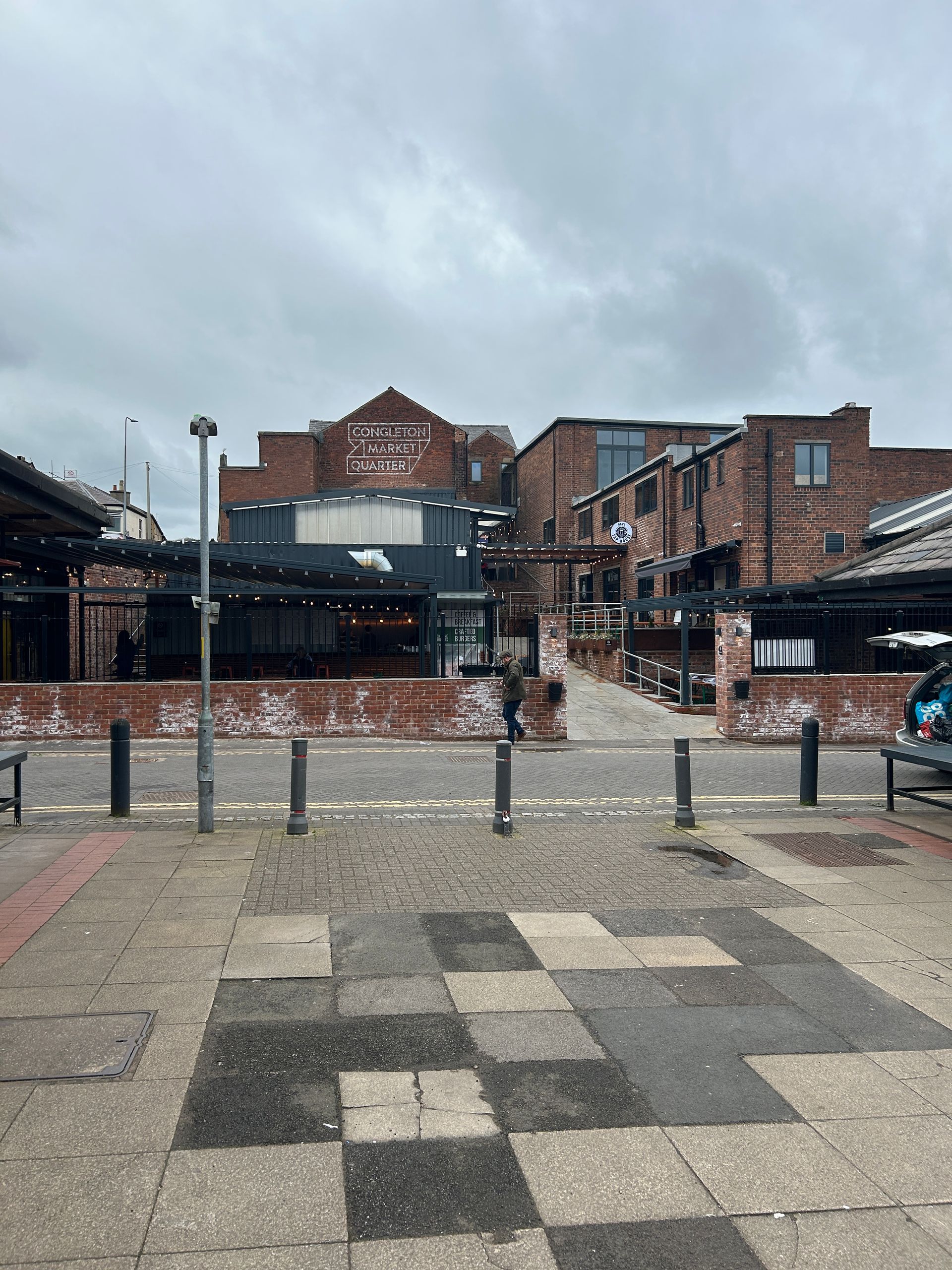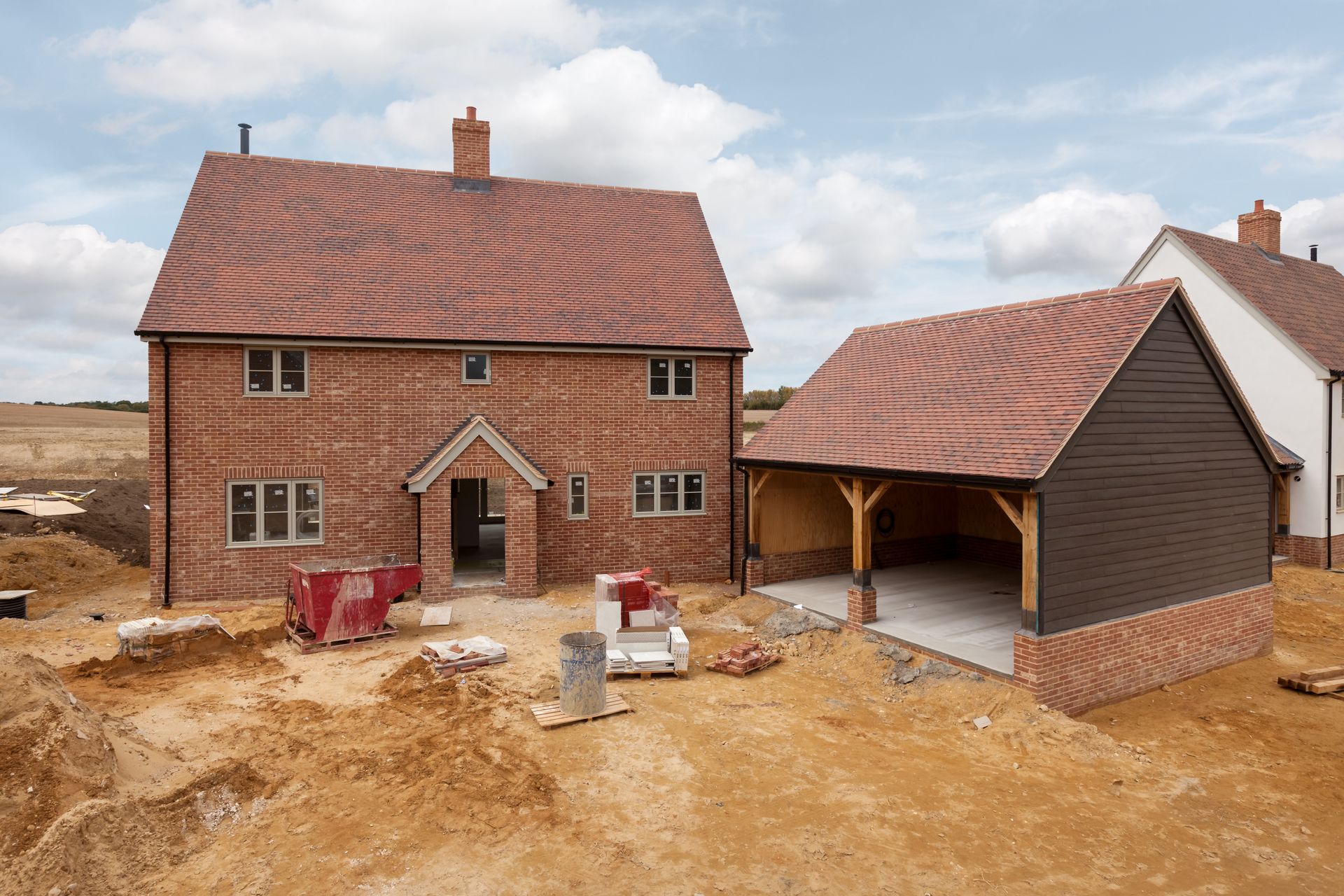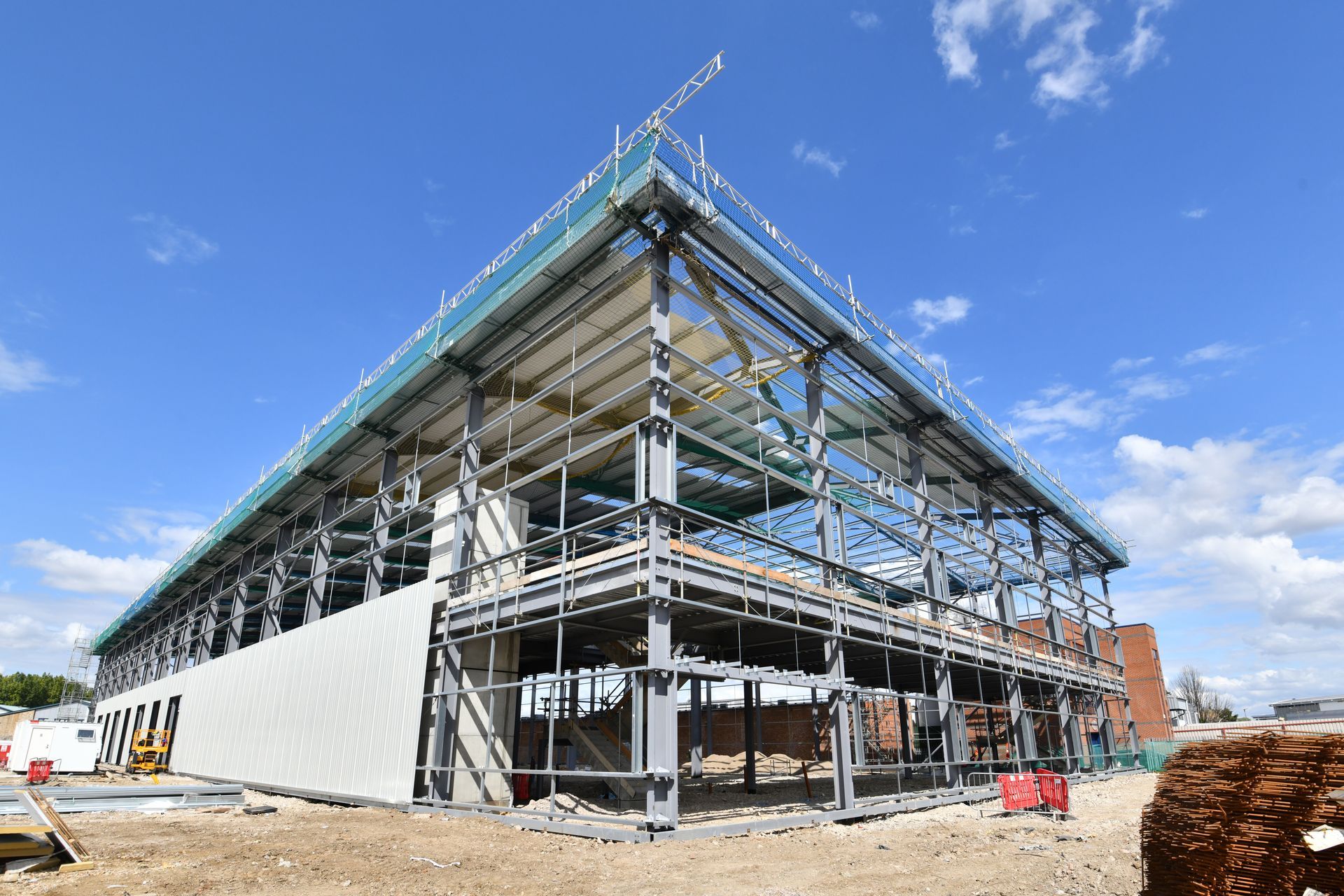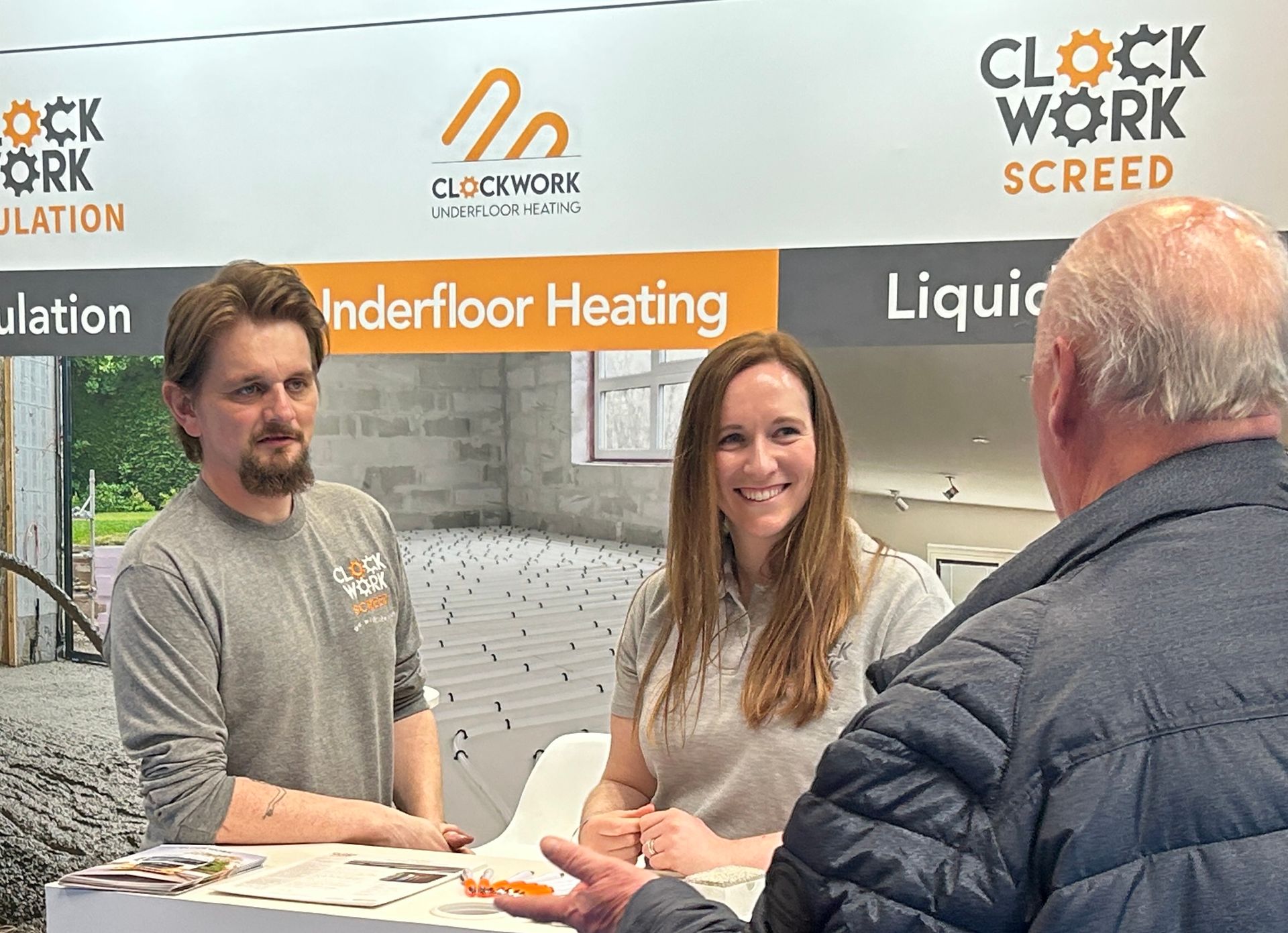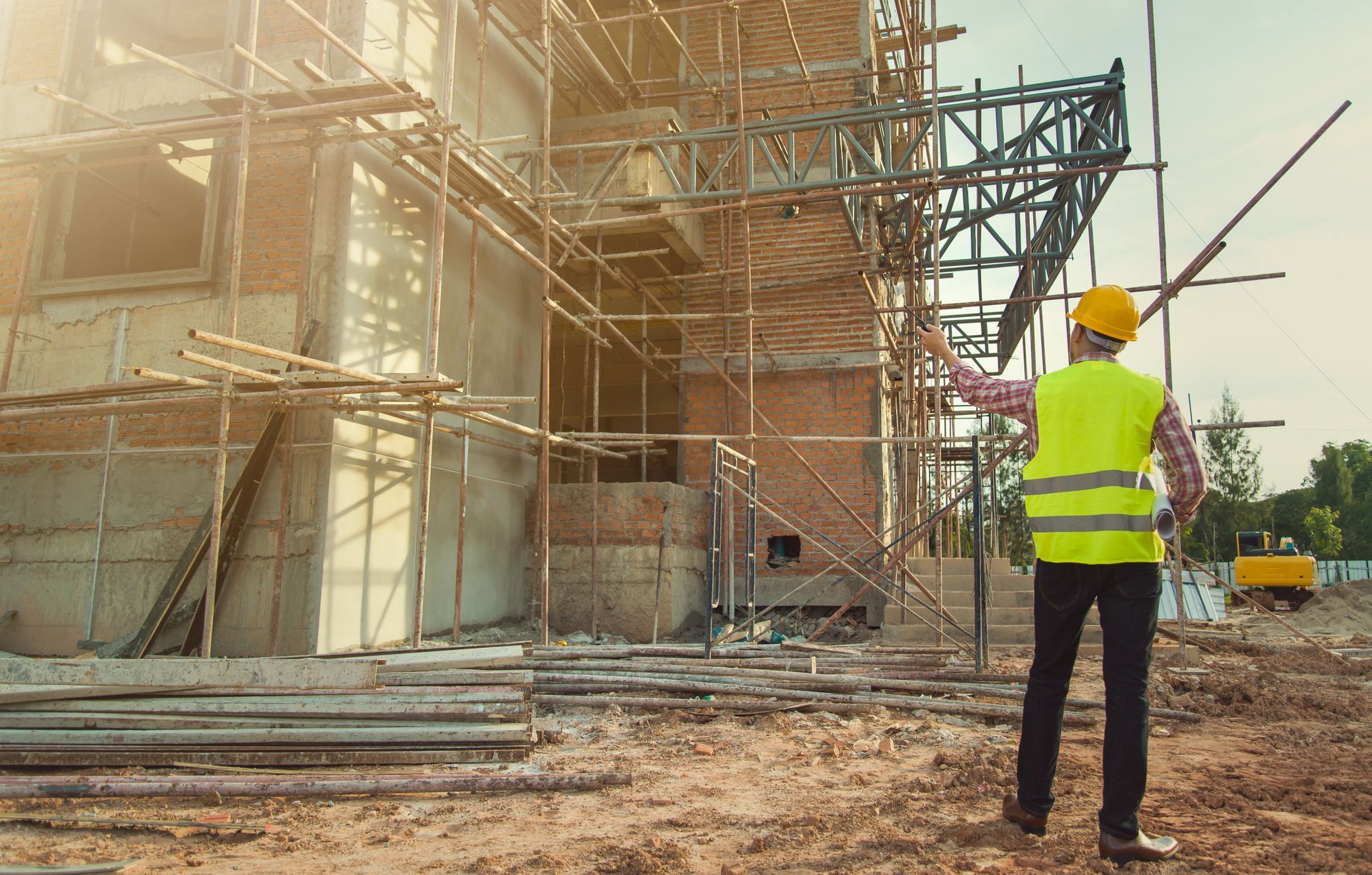All you need to know about cementitious liquid floor screed aftercare
Clockwork Screed are experts in liquid floor screeding based in the North West. We have an enviable reputation for laying liquid floor screed to the highest standard and offering an exceptional customer experience.
But what happens once we leave site? The immediate aftercare of freshly laid liquid floor screed is an essential part of futureproofing your new floor and preparing it for the covering of your choice.
To help you achieve the best quality flooring possible, we have put together our Cementitious Liquid Floor Screed Aftercare Guide.
The Clockwork Screed Cementitious Liquid Floor Screed Aftercare Guide
Timing for footfall
A light footfall is possible on liquid screed after around 24 to 48 hours, even maybe the morning after the screed was installed, but full site traffic should be prohibited until at least 2-3 days after the screed has been laid.
Should site traffic be necessary, the flooring can be temporarily protected using plywood sheets but these must be removed as soon as the site traffic stops to allow sufficient drying.
Curing of liquid screed
The curing of liquid floor screed is essential for ensuring the flooring is strong and durable. Curing is about hydration and is the process that provides the adequate moisture, temperature and time needed for the flooring to develop its necessary properties as a quality product. Curing cannot be rushed.
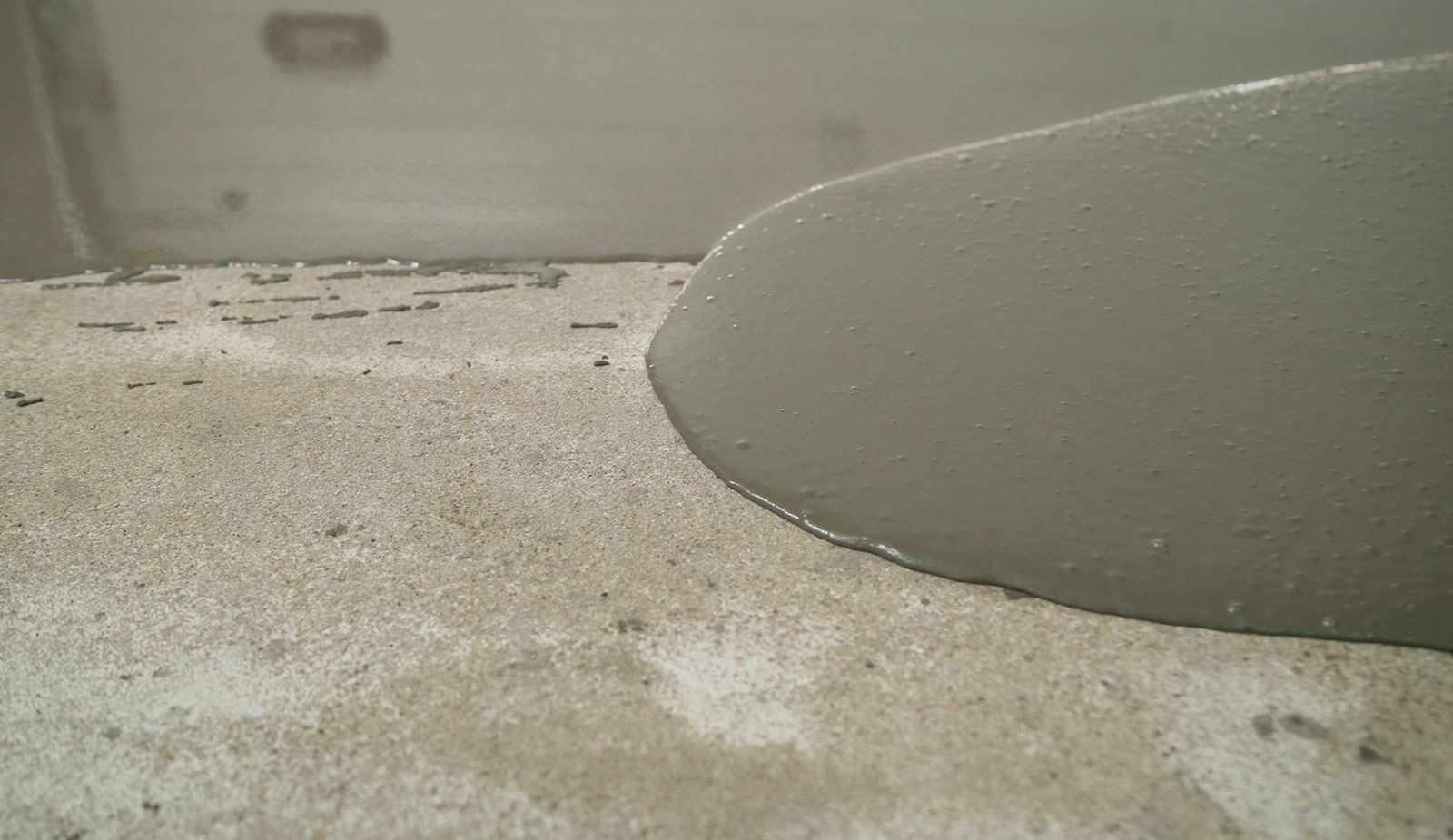
Liquid floor screed should be left to cure for the initial 24-48 hour period after installation. While the use of traditional impermeable membranes is not necessary, in this critical period rapid moisture loss should be avoided. The area should not be subjected to any traffic.
Liquid floors exposed to direct sunlight during the first 24-48 hours will not cure correctly. For this reason, south facing windows and glass doors should be covered during this period. Once the 48 hour period has passed, the windows and doors can be opened.
Drying liquid floor screed
Environmental factors will impact drying time. These include the temperature, ambient humidity and air fluctuations. The rule of thumb is that liquid floor screed dries at a rate of 1mm a day for the first 40mm of laid screed, with an additional 0.5mm per day if the depth of the screed exceeds 40mm. If the temperature is above 20°C and humidity is low, less drying time will be needed.
After 7 days, if the screed has been laid on an underfloor heating system this can be used to help accelerate the drying process by building the heat gradually 5°C per day. The force drying of cementitious floor screed is also possible using heaters and dehumidifiers. Floor finishes can be applied to cementitious liquid floor screeds with moisture levels at 2.5%CM. For anhydrite screeds the moisture level must be 0.5%CM.
Floor preparation
Unlike anhydrite liquid screeds, the removal of laitance by sanding isn’t necessary for cementitious floor screeds. Building residue should, however, be removed before applying a floor finish.
Other preparations include making sure the floor is clean and free of any chemicals that might impact the adhesive used to apply the floor finish. There should be no fractures other than joints that have been planned, and the floor should be clear of dust, debris and any contamination such as mud, building adhesive or bricklaying mortar.
Long-term maintenance: protecting your screed over time
Avoiding liquid screed failure requires a long-term maintenance approach that begins during the installation phase. Here are ways to protect your screed over time:
- Severe drying conditions such as exposure to draughts or direct sunlight will result in rapid drying. This should be avoided to prevent the screed from shrinking or cracking.
- Protect the screed immediately after installation by avoiding heavy site traffic. Walking on the screed after 24 to 48 hours is usually acceptable, but the screed should be fully dry before proceeding with project works.
- Underfloor heating systems should be commissioned before floor coverings are laid. Commissioning involves testing and fine-tuning the underfloor heating system to ensure it is working efficiently. A gradual heating cycle will help to dry out the screed to prevent cracking and ensure the heat will be distributed evenly.
Monitoring moisture: how to test for dryness before applying floor finishes
The moisture content of the screed should be tested before applying a floor finish. If the screed hasn’t reached the required level of dryness when the flooring is applied, mould can develop, the screed can crack, and debonding can occur which lifts the floor.
The moisture content of Cemfloor liquid screed supplied by Clockwork Screed must be typically 2.5%CM (Calcium Carbide Method) or below.
There are three moisture tests recommended for Cemfloor:
BS8203-1:2017 & BS 8201:2011
Using a hygrometer, the target is 75% relative humidity. It is critical that the test is strictly adhered to which involves a 48 – 72 hour test period and using a correctly sized and insulated box sealed to the floor.
Calcium Carbide Method
Using a CM tester, the typical requirement is 2.5% water by weight for moisture sensitive floor coverings such as ceramics and adhesives, which equates to 75% relative humidity. The correct weight of both screed and calcium carbide specified by the manufacturer of the test meter be used during testing.
Tramex CMEX2 and CME4 electronic encounter moisture meters
These meters should only be used as a guide for estimating the moisture content. Either the hair hygrometer or carbide meter must be used to confirm the moisture content before coverings are applied.
Using underfloor heating in the drying phase: dos and don’ts
When using underfloor heating to expedite the drying phase, you must not:
- Switch on the underfloor heating system too soon after installation
- Rush the process
- Make any assumptions about how dry the screed is
- Using underfloor heating to help dry the screed must be done in a controlled manner:
- Wait for 7 days after the screed has been installed before commissioning the underfloor heating system
- Begin the commissioning process by running the system at a flow temperature of 5°C greater than the room temperature
- Increase the flow temperature in increments of 5°C per day until the maximum flow temperature of 40°C is reached. Continue running the underfloor heating system until the screed has dried to a moisture content of 2.5%CM.
- Once a screed moisture content of 2.5%CM has been achieved the heating must be switched off.
- For a gradual cool down reduce the flow temperature by 10°C per day to 20°C before switching off and allowing to cool for around 48 hours.
Repairing surface damage: minor crack sealing and touch-ups
If it is determined that structural repairs are not required, minor cracks can be sealed and other touch-ups of liquid screed can be completed without too much trouble. Hairline cracks less than 0.5mm wide that have not been caused by movement may not need to be repaired.
To repair surface damage, only products that are compatible with cementitious surfaces should be used.
Before completing any minor repairs, all dust, debris and small particles must be removed from the surface. Minor cracks can be sealed with epoxy resin. For cracks wider than a hairline, it may be necessary to widen the crack with a grinder to allow the resin to infiltrate the area sufficiently.
A repair mortar can also be used such as Cemfloor FSC which is a self-smoothing, fibre reinforced compound.
Take care when repairing cracks on screed over underfloor heating systems to not cut too deep and cause damage.
When to call a specialist: signs your screed needs professional inspection
Only screed specialists can provide a thorough, professional assessment of any damage. A specialist should be called if it is necessary to repair the cause of the damage before making good the damage itself.
Signs your screed needs professional inspection include:
- Deep or widespread cracking
- Hollow spots which can be found by tapping the screed with a mallet or rod. These are likely caused by the screed separating from the subfloor
- Crumbling or powdery residue. This indicates insufficient surface strength
- Bubbling or peeling due to excess moisture
- Discolouration which suggests contamination with oil, grease or similar substances prior to installation.
Choose Clockwork Screed for your cementitious floor screed installation
For more information on how Clockwork Screed can help with your flooring project, get in touch using our online form or by calling 0161 546 6945.
